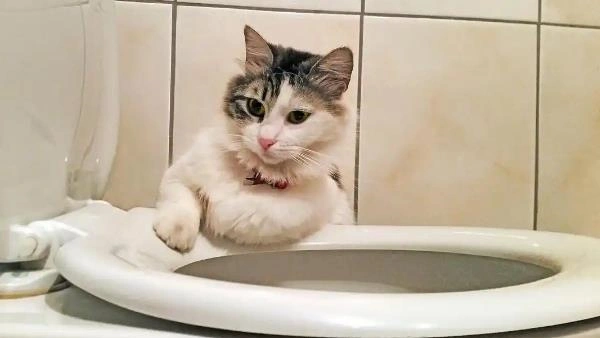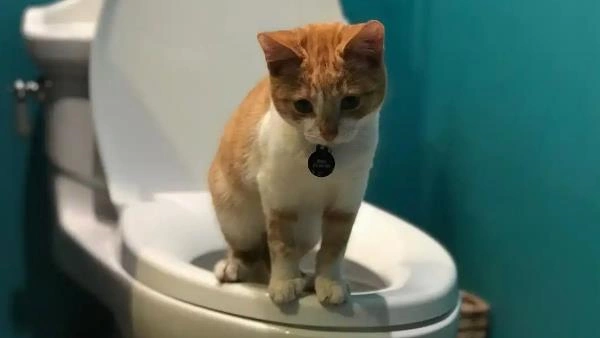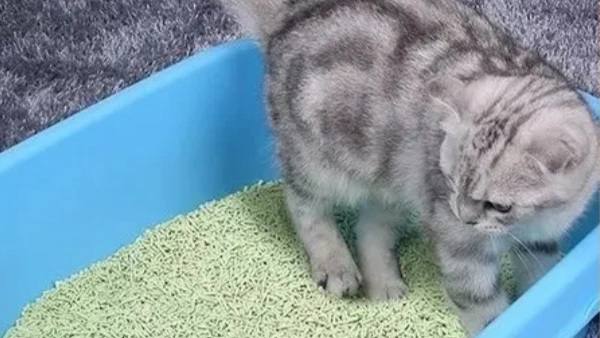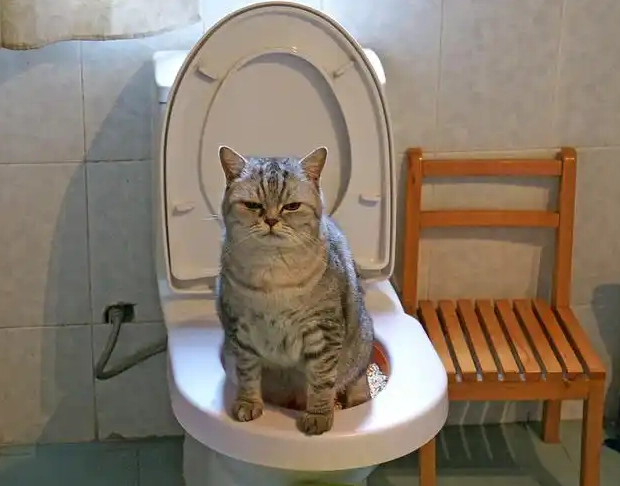How to Potty Train a Cat: Simple Guide to Litter Box & Toilet Training
In this guide, you’ll discover how to potty train a cat step-by-step using a litter box or a toilet training seat. We’ll break down choosing essential tools—litter box, toilet training seat, cat litter—and explore the **pros and cons** of toilet training. If you wondered **how to toilet train a cat**, or asked **how do you potty train a cat**, this article delivers clear answers.
1. Potty Tools: Litter Box, Toilet Training Seat, Cat Litter
To start, you need the right setup:
Litter box – choose low-entry for kittens or larger enclosed boxes for adults.
Toilet training seat – popular kits (e.g. CitiKitty) guide cats gradually from box to toilet.
Cat litter – unscented, clumping or natural tofu; grain size ~1–2 mm preferred.

With these, you’re ready to teach **how to potty train cat** in a stress-free, step-by-step method.
2. Litter Box Path: How to Potty Train a Cat
Start with the classic route:
Place the litter box in a quiet, private area.
After meals, naps or playtime, gently place your cat inside.
Use their paw to dig, showing what to do.
Scoop daily and change litter weekly for hygiene.
Most cats naturally pick up **how to potty train a cat** using this straightforward method. For deeper guidance, check our complete guide on How to Potty Train a Cat: Step‑by‑Step Guide
3. Toilet Training: How to Toilet Train Cat
Ready for the advanced method? Here's how:
Start by placing the litter box on the toilet seat.
Transition to a toilet training seat with a small hole, and keep some litter in it.
Week by week, enlarge the hole until it mimics the toilet seat opening.

This method removes the need for **cat litter**, but not all cats adapt to toilet balancing—so evaluate whether **toilet train cat** is right for yours.
4. Pros & Cons of Toilet Train Cat vs Litter Box
Let’s compare:
Pros: No litter purchase, less odor, cleaner floors, eco-friendly.
Cons: Cats may struggle with toilet posture; losing smell cues makes health spotting harder; some feel stressed
These insights help you decide if **how to potty train a cat** by toilet is worth trying.
5. Troubleshooting for "How Do You Potty Train a Cat"
Common mistakes to avoid:
Moving too fast from box to toilet → creates confusion.
Frequent litter types or location changes → cats prefer stability.
Using scented litter → often rejected.
Punishing accidents → builds fear, not learning.
Stick with gradual transitions and positive reinforcement. Learn more on our Cat Care & Health Advice
6. Maintain Successful Potty Habits
Keep good habits with:
Scooping twice daily, full litter change weekly, box cleaning with mild soap.
Litter depth at ~5–7 cm for easy digging.
If using a toilet seat, keep it stable and clean.
Watch health—loss of smell cues may mask issues.
Continued care ensures the success of **how to potty train a cat** long-term.
Everything Our Vets Recommend
Frequently Asked Questions
Q1: How do I introduce my cat to a litter box?
A1: Place your cat in the box after meals and naps, keeping it in a quiet, accessible spot.
Q2: How often should I clean the litter box?
A2: Scoop daily and replace litter at least once a week to encourage use.
Q3: Can cats be toilet trained?
A3: Yes, with gradual steps and patience, though most vets recommend sticking to litter boxes.
Conclusion & CTA
To wrap up, here’s your plan:
Pick your route: litter box or toilet training seat.
Gather essentials: box, seat, litter.
Go step by step with praise, not pressure.
Stay consistent and monitor health.
Ready to get started? Read the full step-by-step guide: How to Potty Train a Cat: Step‑by‑Step Guide. Your cat—and your floors—will thank you!
You May Like:
- How to Train a Cat to Use a Litter Box: Easy Steps for a Clean Home
- How to Potty Train a Cat: Simple Guide to Litter Box & Toilet Training
- How to Potty Train a Cat: Step-by-Step Guide for a Clean and Happy Home
- Best Flea Shampoo for Dogs: Effective Solutions for Fleas and Ticks
User Comments
Does flea treatment kill ear mites too?
Can dogs take human probiotics?
Can dogs have people probiotics safely?











Leave a Reply